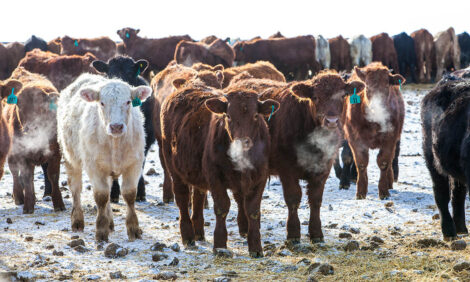



Weekly beef and dairy digest: US cold storage figures are better than expected
This week's beef and dairy update includes analysis of Mexico's beef herd and global milk production reports.Cattle industry updates from the United States
US beef in cold storage declines but not as much as expected
USDA this week reported frozen beef stocks dipped 8.46 million lbs during February, which fell well short of the average 27.2 million-lb drawdown expected over the period. Stocks of 510.90 million lbs representing a new record for the end of February.
The disappointing numbers could lead to some additional profit-taking in the cattle complex that stabilized Monday after last week’s late selloff. Average steer prices came in at $114.23 last week, up marginally from the week prior and roughly in line with where trade has been for seven straight weeks. Choice and Select boxed beef values firmed 96 cents and $3.10, respectively, on Monday, but movement was light at 83 loads.
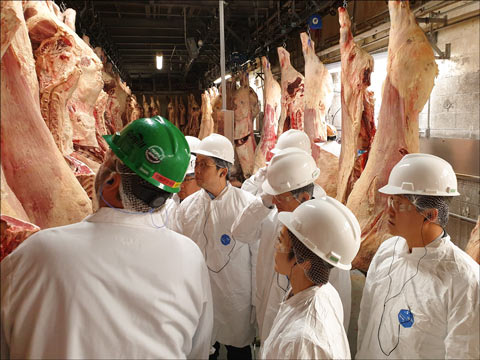
US retail milk report from USDA
Total dairy advertisements increased this week. Conventional advertisements increased by 7% while organic advertisements grew by 4%. This week, the total number of conventional milk advertisements rose 78%. The total number of organic milk advertisements decreased 20%.
The weighted average price for conventional half gallon milk was $1.11, while the weighted average price for organic half gallons was $3.15. At almost three times the price per half gallon, the organic premium was $2.04, an increase of $0.69 over last week. Mid-month celebrations helped usher in a 50% increase in advertisements for conventional flavored milk half gallons, as well as a price decrease of $0.96 down to $2.40.
Latest global milk production report
Fluid milk in the US
Milk production across much of the US is steady to higher. In the far southeastern and southwestern parts of the country, milk production is at or near peak volumes. In the south-central part of the US, industry contacts are wondering what flush will look like following the frigid temperatures last month and the impacts they may have had on the milking herd.
Class I demand has eased back as some fluid milk pipelines get refilled and some schools take their spring breaks. However, some contacts suggest fluid sales are strong and ahead of pre-pandemic levels.
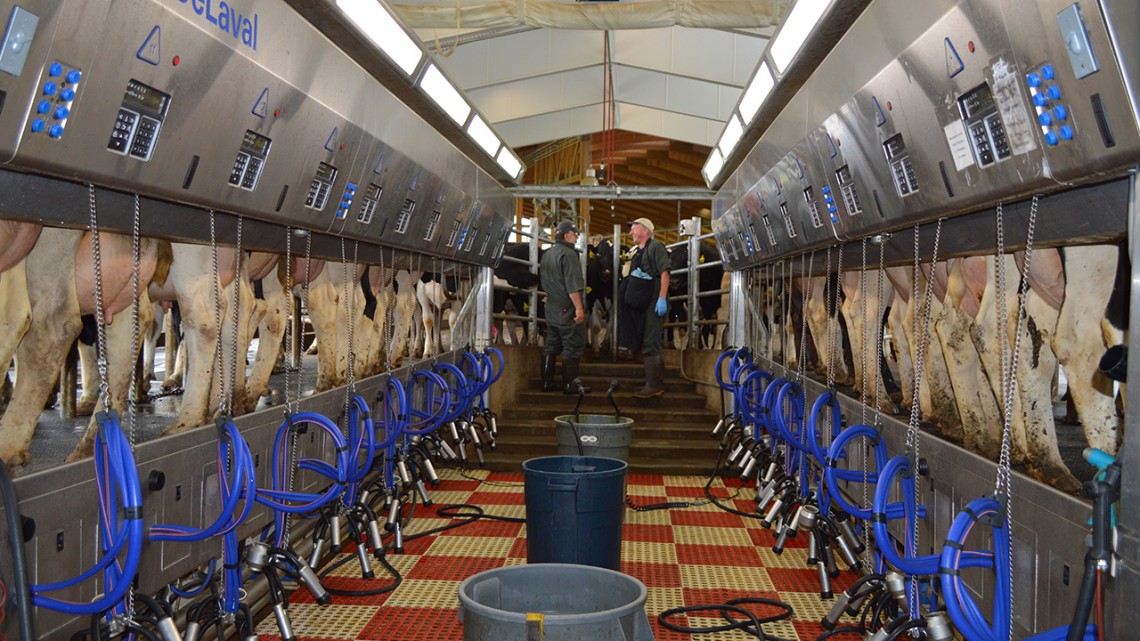
Although a lot of cream is available, cream supplies have tightened slightly, especially in the eastern half of the US where a few butter makers suggest they could use a bit more cream. Contacts relay Class II cream usage has picked up. Cream multiples are 1.20-1.32 in the East, 1.20-1.27 in the Midwest, and 1.05- 1.24 in the West.
Dry products in the US
Prices for low heat non-fat dry milk (NDM) moved higher. Condensed skim availability is mixed and seems to be getting tighter in the East. High heat NDM prices are steady to higher. Dry buttermilk prices are mixed. Prices are higher in the East and Central regions, but a few trades of loads produced in the second half of 2020 moved the needle lower in the West.
As processors focus production schedules on low heat NDM, dry buttermilk and other milk powders are competing for dryer time. Dry whole milk prices are steady to higher. Prices for dry whey continue to move higher. Inventories are tight and there is a healthy demand in domestic and export markets. However, there are still challenges with port congestion and access to shipping equipment.
Whey protein concentrate 34% prices are steady to higher, and inventories are tight. Lactose prices are stable. Spot prices and Q2 contracts seem to be settling into a range. Prices for acid casein are steady to higher and rennet casein prices moved upwards. Early 2021 casein buying interest has been steady and strong.
Western European dairy overview
In the primary milk producing countries, Germany, France, and Netherlands, milk production for the last several months has struggled to equal or exceed monthly YOY production. Dairy experts in Western Europe say a continuing challenge is fewer cows, resulting from older dairy producers retiring, with no family members taking over farming. Some other countries have good YOY milk production increases.
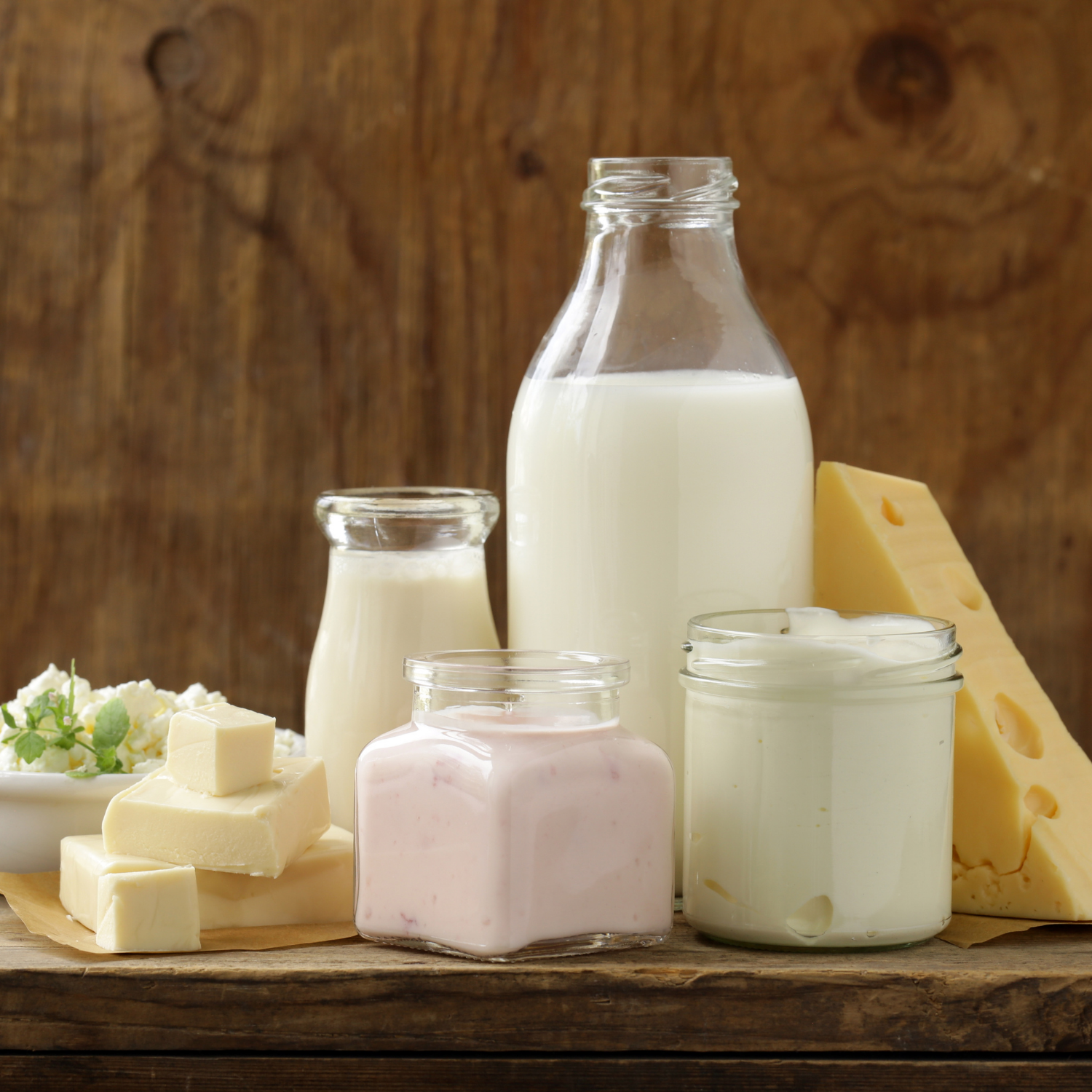
At this time in March, observers say that dairy producers could boost output but are holding back because of higher feed costs. That, coupled with current milk pay prices, have constrained production increases. There is hope that in coming months as pasturing becomes more of an option, that milk production will yield positive YOY results for Western Europe as an entity.
Eastern European dairy overview
Eastern European milk production expansion has slowed. Poland has typically led Eastern European milk production increases but is now generating lower production increases. Other Eastern European states are below year ago production trends. Lower milk pay prices and squeezed margins are cited.
Oceania's dairy market
Australia is approaching the end of summer. Feed prices are lower than a year ago, which is expected to help producer margins. Dairy producer confidence seems higher. July 2020 - January 2021 seasonal milk production in Australia, increased 0.7% from July - December 2019, according to Dairy Australia. Milk exports from Australia July 2020 – January 2021, 167,048 MT, increased 16.3% from July 2019 – January 2020 according to Dairy Australia. This market segment has been increasing rapidly, driven by sales to China in particular.
New Zealand sources are pleased that a large New Zealand dairy cooperative has increased the seasonal milk pay price forecast to $7.30 - $7.90 Australian dollars per kilogram of milk solids, up 40 Australian cents. In addition, for the first half of the current fiscal year, earnings from business with China increased by one third, offsetting drops in North America and Europe related transactions.
A New Zealand dairy organization commissioned study recently found that New Zealand milk production ranks as the most efficient producer of low emissions milk among major global dairy producing countries.
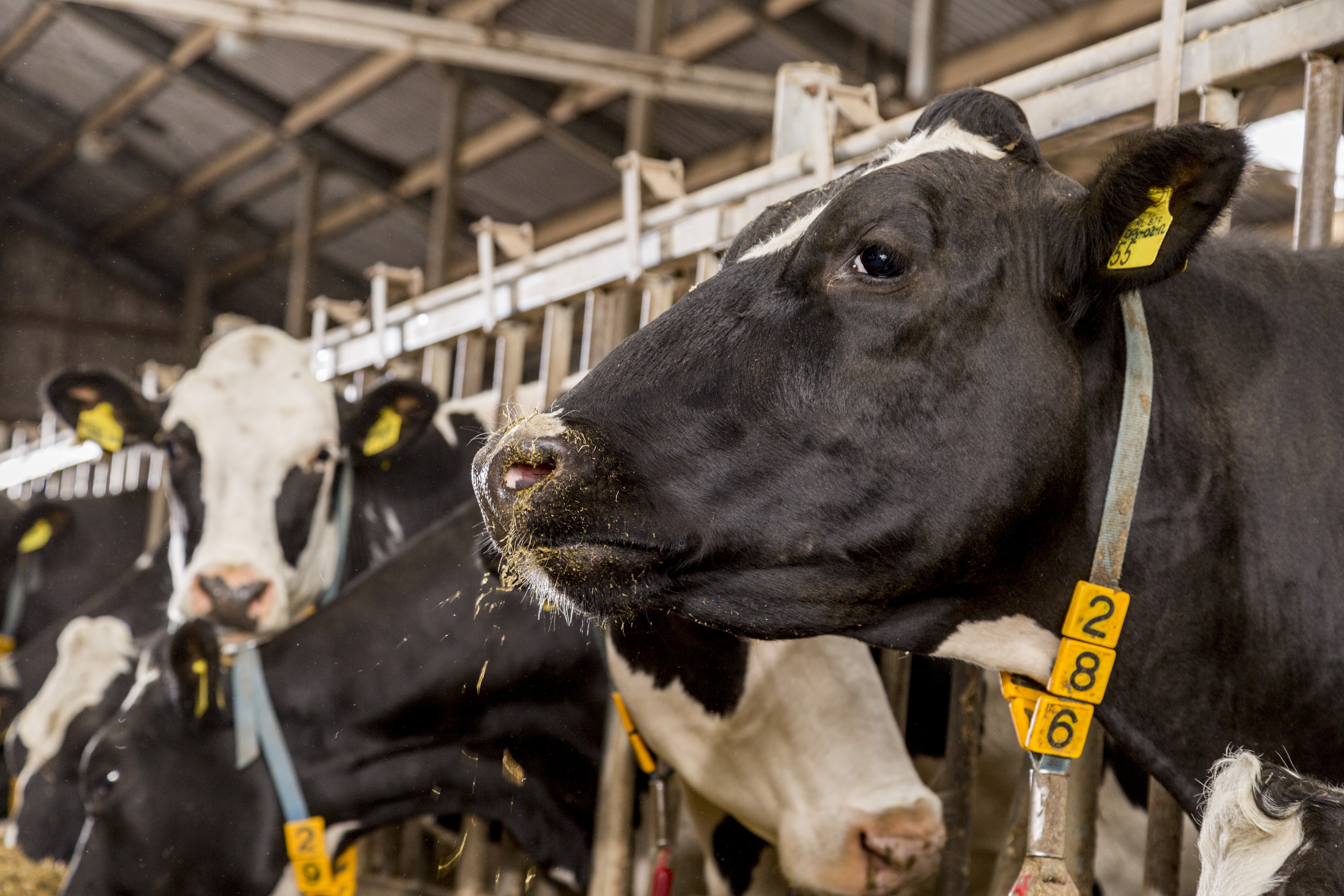
Mexico's annual livestock report
Mexico’s calf and pig crops, as well as beef and pork production, are projected to grow in 2021, despite ongoing pandemic emergency measures hampering domestic demand from the hotel, restaurant, and institutional (HRI) foodservice industry.
In 2021, live cattle exports are expected to drop from the record 1.6 million head seen in 2020. In 2021, beef imports are forecast to decline while pork imports increase, but exports of both animal proteins will increase compared to the same period. Projected increases in animal feed costs may negatively affect Mexico animal production in 2021, but sufficient domestic feed production is expected to help offset those increased costs.
Industry news from China
China cracking down on use of banned leanness enhancer in livestock
China’s ag ministry says it will embark on a three-month drive to crack down on the use of clenbuterol, a banned leanness-enhancing agent, in cattle and sheep. The ministry is also encouraging local authorities to monitor its possible use in pigs. The ag ministry also issued a separate statement indicating it would work with other departments to organize investigations and “severely” punish all kinds of illegal activities involving the use of leanness enhancers.
China to import more soybeans to fuel growth in its livestock sector
USDA reports China’s soybean imports are forecast to reach a record 100 million metric tonnes (MMT) in marketing year (MY) 21/22 and an estimated 99 MMT in MY20/21 to meet feed demand from the livestock and poultry sectors. MY21/22 soybean production is forecast essentially flat at 18.6 MMT based on stable acreage and minimal yield growth. Demand for oilseeds, meal, and oil is projected to maintain a moderate growth trend on robust consumer demand for animal protein, vegetable oil, and soy-based foods.
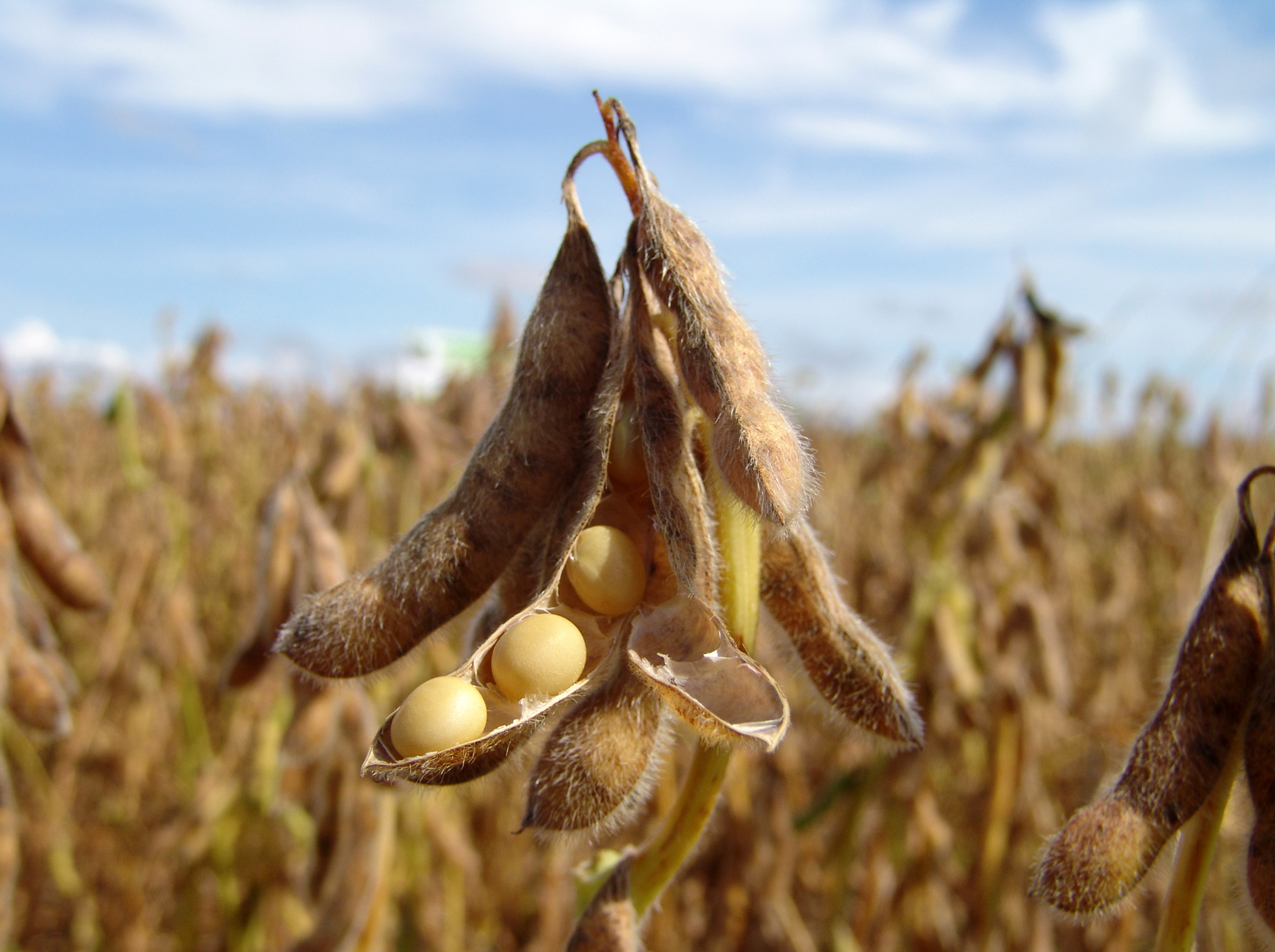
Recovering feed demand is anticipated to push up soybean crush volume to 99 MMT in MY21/22, compared to an estimated 97.5 MMT in MY20/21. Total MY21/22 protein meal feed use is forecast to increase about one percent year on year to 98 MMT. Increased soybean crush will also bolster total vegetable oil production, which is forecast at about 29 MMT in MY21/22. Along with the food service and food processing sectors, feed manufacturing will continue to figure into China’s growing demand for vegetable oils, mainly soybean oil. Vegetable oil feed use is forecast at 1 MMT in MY21/22.
The vegetable oil inclusion rate in feed is increasing due to greater enforcement of a 2013 government ban on waste oil in feed along with a reduced supply of pig lard for feed. MY21/22 total oil imports are forecast at 10.9 MMT, down slightly from an estimated 11 MMT in MY20/21, based on increased soybean crush in MY20/21 and MY21/22. Palm oil remains China’s number one vegetable oil import due to stable demand, the lack of domestic production, and a price advantage.
Read the latest updates on the global swine industry on The Pig Site.
TheCattleSite News Desk
IMPORTANT NOTE: I am not a futures broker and do not manage any trading accounts other than my own personal account. It is my goal to point out to you potential trading opportunities. However, it is up to you to: (1) decide when and if you want to initiate any traders and (2) determine the size of any trades you may initiate. Any trades I discuss are hypothetical in nature.
Here is what the Commodity Futures Trading Commission (CFTC) has said about futures trading (and I agree 100%): 1. Trading commodity futures and options is not for everyone. IT IS A VOLATILE, COMPLEX AND RISKY BUSINESS. Before you invest any money in futures or options contracts, you should consider your financial experience, goals and financial resources, and know how much you can afford to lose above and beyond your initial payment to a broker. You should understand commodity futures and options contracts and your obligations in entering into those contracts. You should understand your exposure to risk and other aspects of trading by thoroughly reviewing the risk disclosure documents your broker is required to give you.


